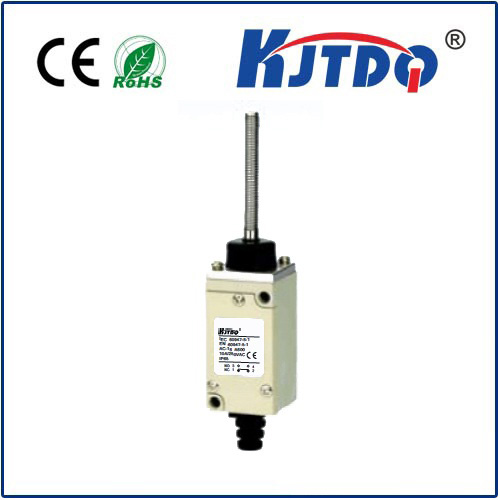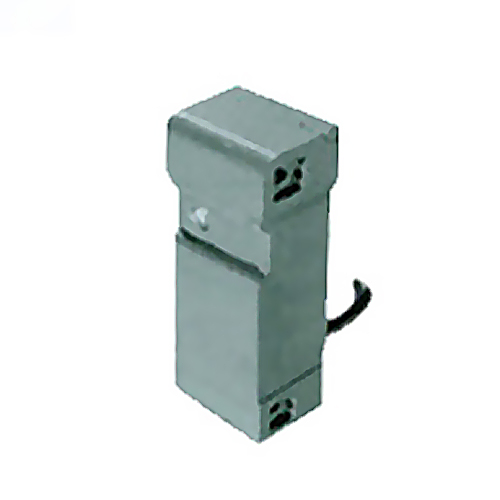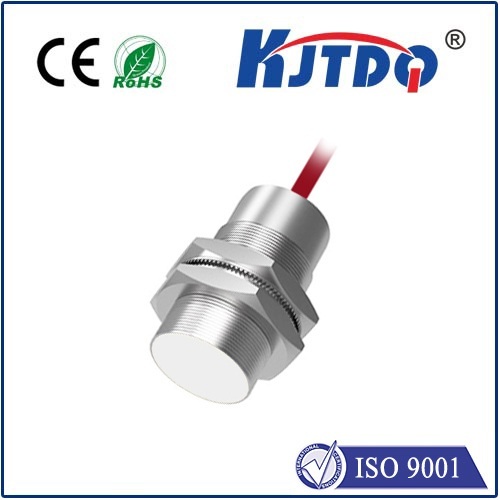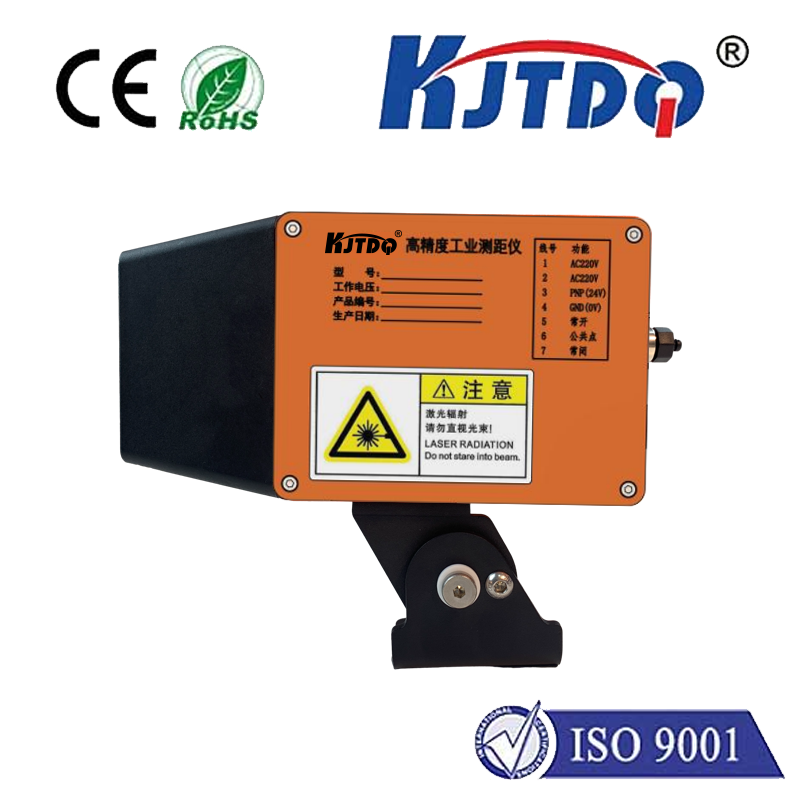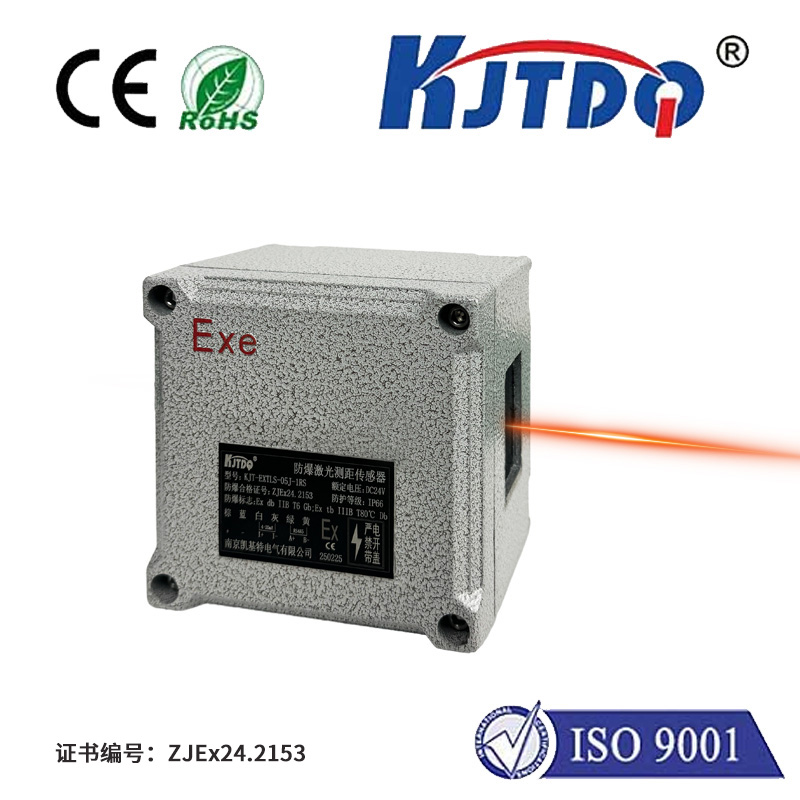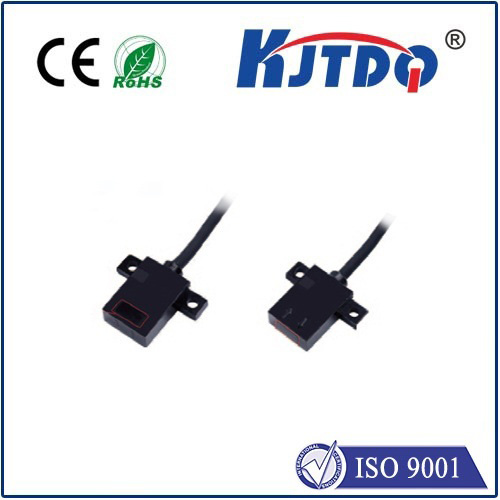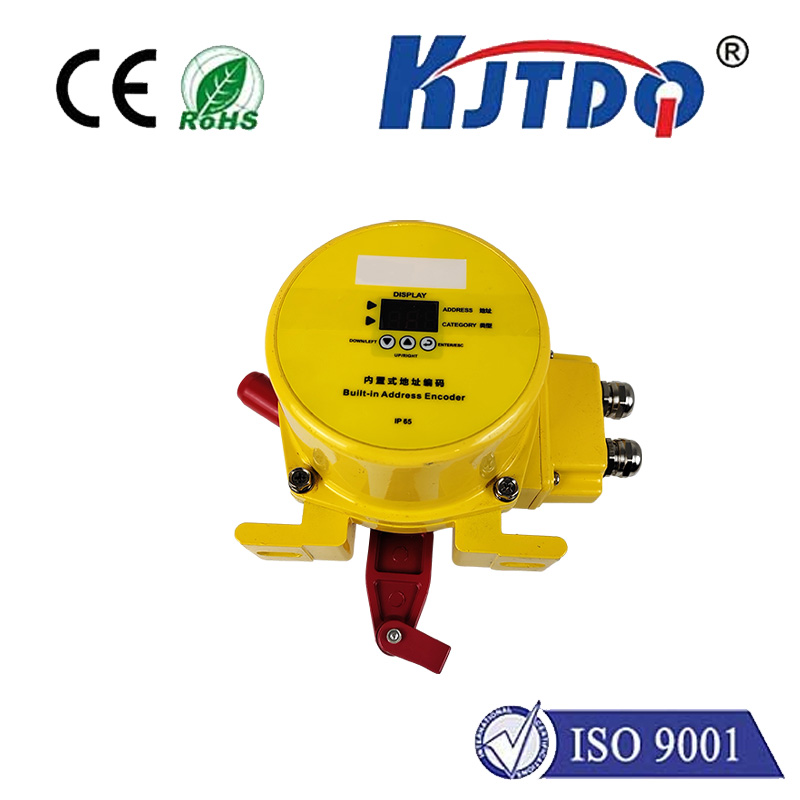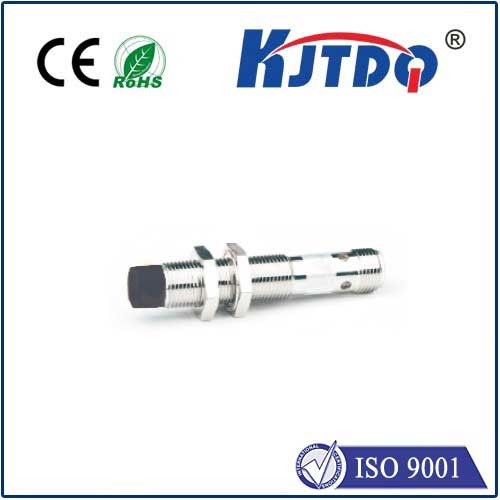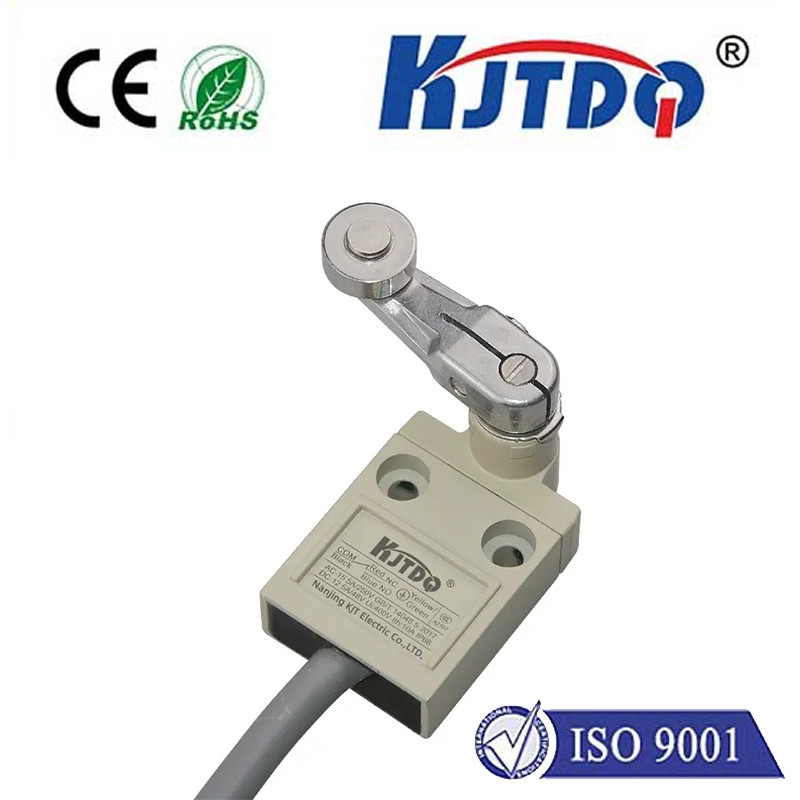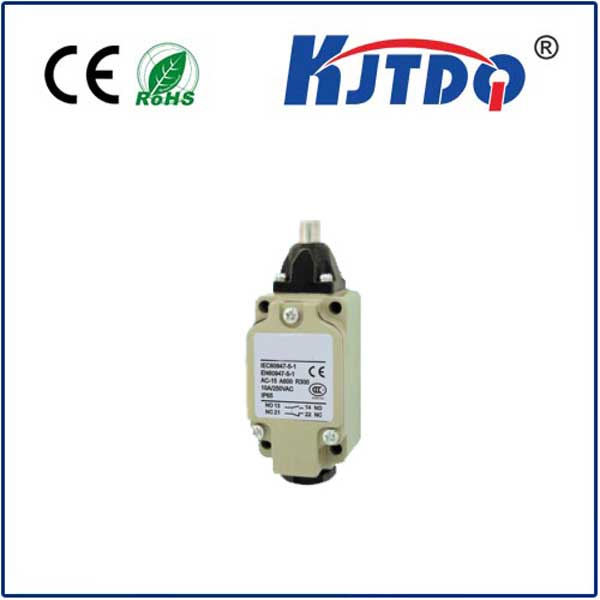Фотолучевой датчик
- time:2025-07-23 11:43:26
- Нажмите:0
The Unseen Protectors: How Photoelectric Beam Sensors Safeguard Our World
Imagine an invisible shield, a silent guardian capable of detecting intrusion across vast distances, protecting property, ensuring machinery safety, or automating processes without physical contact. This isn’t science fiction; it’s the everyday reality enabled by photoelectric beam sensors. These remarkable devices form the backbone of countless security and industrial automation systems, offering reliable, non-contact detection solutions.
Understanding the Core: Light as the Messenger
At their heart, photoelectric beam sensors operate on a beautifully simple principle: they use light (typically infrared, visible, or laser) as a signal. The system fundamentally consists of two primary components:
- The Emitter: This unit generates a focused beam of light.
- The Receiver: Positioned opposite the emitter, this unit constantly monitors the incoming beam’s intensity.
The fundamental detection logic is straightforward: When an object interrupts the light beam traveling from the emitter to the receiver, the sensor triggers an output signal. This change in light intensity is the critical event that signifies presence, absence, or intrusion. Their ability to detect objects over long distances – sometimes exceeding 100 meters – makes them uniquely valuable compared to proximity sensors or mechanical switches.

Where the Beams Make a Difference: Key Applications
The versatility of photoelectric beam systems shines across diverse sectors:
- Perimeter Security & Intrusion Detection: This is arguably their most recognizable use. Mounted on fences, walls, or gateways, they establish invisible electronic fences. An intruder crossing the beam path immediately breaks the circuit, triggering alarms, lights, or notifications. Their long-range capability allows for securing large areas like warehouses, substations, or parking lots efficiently. They are particularly effective where physical barriers aren’t desirable or feasible.
- Industrial Automation & Safety: Within factories, beam sensors play a vital role:
- Machine Guarding: Protecting personnel by stopping machinery if a worker breaches a hazardous zone defined by safety light curtains (a specialized multi-beam array).
- Object Detection: Verifying the presence or absence of items on conveyor lines, counting products, or triggering subsequent process steps when an object breaks the beam.
- Position Verification: Ensuring parts are correctly positioned before a machine cycle begins.
- Automatic Doors & Gates: The smooth operation of sliding doors in supermarkets or garages is often governed by overhead photoelectric beam sensors. They detect approaching people or vehicles, commanding the door to open, and crucially, prevent closure if someone or something remains in the path, enhancing safety significantly.
- Traffic Management: Used to detect vehicles at intersections for traffic light control, count vehicles at toll booths, or manage parking access gates.
- Height Restriction Monitoring: Protecting entrances to low-clearance areas like car parks or tunnels from oversized vehicles.
- Agricultural & Environmental Monitoring: Detecting movement in large open areas like fields or monitoring water levels.
Variations on a Theme: Types of Beam Sensors
While the core principle remains light interruption, different configurations address specific needs:
- Through-Beam (Opposed Mode): The most robust and longest-range type. Featuring separate emitter and receiver units mounted directly facing each other. The beam travels uninterrupted from the source to the detector. Detection occurs when the object blocks the beam. This design offers the highest reliability and longest sensing distances (easily tens of meters). Highly resistant to environmental factors like dust or target surface variations.
- Retroreflective: Uses a single unit housing both the emitter and receiver. A specialized reflector (corner-cube reflector) is mounted opposite the sensor. The sensor emits a beam that bounces off the reflector back to the receiver. Detection occurs when an object breaks the beam path, preventing the light from returning. Easier alignment than through-beam for shorter to medium distances, but performance can be affected by the reflectiveness of the intruding object or dirty reflectors.
- Diffuse Reflective: Also uses a single unit. The emitter sends a beam towards the target. The receiver detects light diffusely reflected off the target object itself. Detection occurs when enough reflected light returns to the receiver. This is typically for very short ranges and requires a relatively reflective target. It’s generally not considered a true “beam sensor” for long-range intrusion applications but is included here for completeness in the photoelectric family. True long-range detection relies on through-beam or retroreflective designs.
Choosing and Implementing the Right Beam: Key Considerations
Selecting the optimal photoelectric beam system involves several factors:
- Range Requirements: What distance must the beam cover? Through-beam sensors are superior for very long ranges.
- Environmental Conditions: Will the sensors be exposed to dust, fog, rain, snow, extreme temperatures, or vibration? Industrial-grade sensors with robust housings (IP67 or higher) and specialized optics are crucial for harsh environments. Look for models featuring modulated infrared beams, which are often highly resistant to interference from ambient light variations.
- Required Resolution: What is the smallest object that needs to be detected? Multiple beams or specialized configurations might be needed for small objects.
- Alignment & Synchronization (for multiple units): Through-beam setups require precise alignment, which can be aided by visual indicators or alignment tools. Systems with multiple beams often require synchronization to prevent crosstalk. While modern synchronized beam sensors greatly simplify setup, careful mounting and alignment remain critical for reliable operation. Wireless synchronization options are also increasingly available.
- Output Signal: What type of output is needed (relay, NPN/PNP transistor, analog) to interface with your alarm panel, PLC, or door controller?
- Power Supply: Ensure compatibility with available voltage sources (e.g., 12-24VDC, line voltage).
The Unwavering Sentry: Reliability and Advantages
Compared to other detection methods, photoelectric beam sensors offer compelling advantages:
- Long Detection Range: Capable of securing vast perimeters or monitoring large industrial zones.
- Non-Contact Detection: No physical interaction required, leading to minimal wear and tear and suitability for delicate objects.
- Fast Response Times: Detection is virtually instantaneous upon beam interruption.
- Многогранность: Adaptable to a wide range of applications from security to automation.
- Reliability: Modern sensors are designed for continuous operation under demanding conditions with features like self-monitoring diagnostics.
- Cost-Effectiveness: Provide robust protection over large areas at a lower cost per meter than many alternatives.
From safeguarding high-security facilities to ensuring the smooth and safe operation of automatic doors, photoelectric beam sensors are the invisible workhorses of detection. Their ability to reliably monitor spaces, trigger critical actions, and provide non-contact feedback makes them an indispensable technology. Understanding their principles, types, applications, and selection criteria empowers users to implement these “silent watchmen” effectively, harnessing the power of light to protect, automate, and control our environment. Whether it’s preventing unauthorized access or optimizing a production line, the Фотолучевой датчик stands guard.

